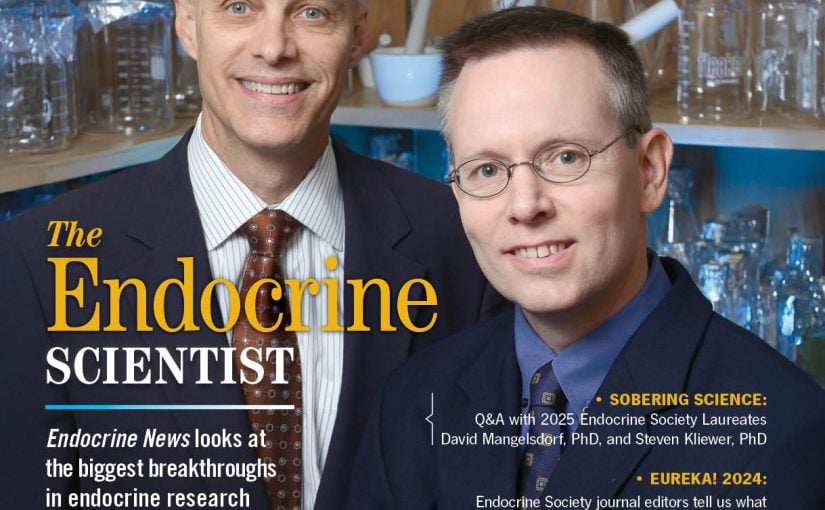Enhanced classifier identifies 30% more benign patients than original, flagship test
Data from a clinical validation study presented at the 3rd World Congress on Thyroid Cancer (WCTC), held July 27-30 in Boston, Mass., demonstrate a next-generation version of a test widely used in thyroid cancer diagnoses can identify 30% more benign thyroid nodules among those with “indeterminate” cytopathology – enabling these patients to avoid unnecessary diagnostic surgeries. The test, marketed as the Afirma Genomic Sequencing Classifier (GSC), is an upgrade of Veracyte’s Afirma Gene Expression Classifier (GEC).
“The Afirma GEC has already enabled nearly 30,000 patients to avoid unnecessary thyroid surgeries,” says Kepal N. Patel, MD, FACS, chief, Division of Endocrine Surgery, NYU Langone Medical Center, who presented the data. “This study demonstrates that RNA sequencing and advanced machine-learning methods can enhance this valuable tool to create a next-generation classifier that accurately identifies more benign nodules. This will prevent significantly more patients from enduring unnecessary thyroid surgery and potential life-long implications.”
The Afirma GSC combines RNA sequencing and machine learning to leverage more enriched, previously undetectable genomic information. Researchers validated the Afirma GSC on a prospective, multicenter, blinded cohort of 191 indeterminate thyroid nodule fine needle aspiration samples – the same sample set previously used to validate the first-generation Afirma GEC. Data shared by Patel at WCTC demonstrate that the Afirma GSC maintained the original test’s high sensitivity (91% vs. 90% ) and significantly increased its specificity, from 52% to 68% . The enhanced classifier’s high specificity can identify 30% more patients with benign nodules compared to the Afirma GEC – allowing approximately 70% of patients with benign nodules to avoid unnecessary surgery when the cytopathology report is indeterminate.
The Afirma GSC identifies benign Hurthle cells, which are usually very difficult to discern from cancer, with increased specificity of 59% compared with just 12% with the Afirma GEC. In addition, Veracyte will also provide classifiers for medullary thyroid cancer, the BRAF V600E variant and add classifiers to identify RET/PTC1 and RET/PTC3 fusions, which are almost always associated with cancer. These results provide additional value to further guide physicians on the extent of surgery to perform.
“We are pleased to introduce the next-generation Afirma classifier, further solidifying our leadership in thyroid cancer diagnosis,” says Bonnie Anderson, Veracyte’s chief executive officer and chairman. “This new classifier provides answers physicians can trust to help even more patients avoid unnecessary surgery, delivering even greater outcomes for patients and significantly more cost savings to payers.”

